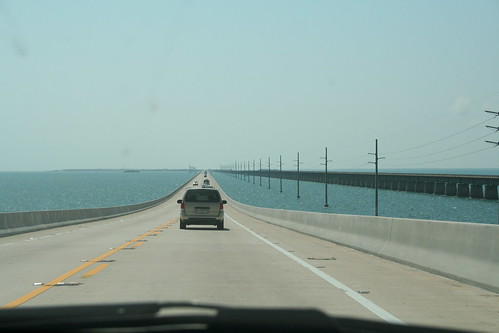For HDR photography I use many of the same settings. There are a few exceptions which I want to explain here.
Light metering
For HDR photography consider using spot metering to measure the total dynamic range of your image.
Determine the exposure needed for the darkest and lightest spots while maintaining a constant aperture. The lowest and highest shutter speed are the lower and upper bounds of the dynamic range to be captured.
Focusing Mode
I use the following settings:
- AF mode One Shot or AI Focus
- Custom Function IV-1:2 Metering start/Meter+AF Start
- Custom Function IV-2:1 AF-ON/AE lock button switch
‘Custom Function IV-2:1 AF-ON/AE lock button switch’ sets the ‘star’ button as the ‘start focusing’ button. I am using this configuration this because my previous Canon 350D body used the same button.
Live View
Consider using Live View while shooting the HDR sequence. This has several advantages:
- The mirror does not slap up and down. This minimizes camera shake which is especially handy during long exposures
- In Live View You can display a live histogram (press the FUNC button). This gives you an indication if you have exposed enough for the shadow detail.
Shooting Mode
Shooting the multiple photos can be done in several ways.
When only three are needed, you can use auto exposure bracketing in conjunction with high speed continuous shooting.
Manual shooting
In manual mode, I start shooting with the fastest shutter speed necessary.
I use high speed continuous shooting when I am shooting 3 pictures with automatic exposure bracketing (AEB).




